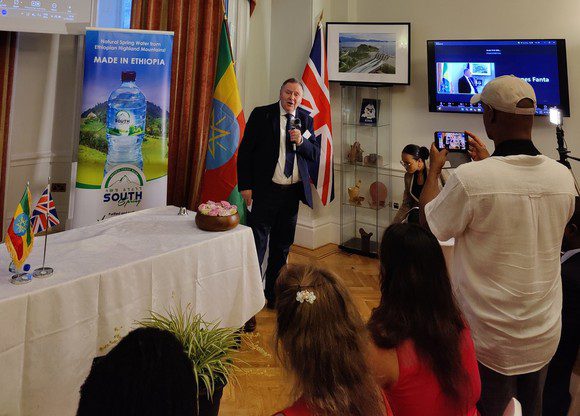India and Russia have been longstanding and time-tested partners. The growing India-Russia relations
have effects on India’s foreign policy. Since the signing of the “Declaration on the India-Russia
Strategic Partnership” in October 2000, the ties have gained a qualitatively new character with
enhanced levels of cooperation in almost all areas of the bilateral relationship. The two countries have
maintained cooperation in areas like politics, security, defense, trade and economy, science &
technology, culture, and people-to-people ties.
India’s bilateral trade with Russia in 2022 – 2023 reached a new high, despite Western demands to limit
energy imports from Ukraine’s sanctioned invader.
Since the collapse of the Soviet Union, India and Russia have maintained close relations, thanks in
part to Indo-Soviet cooperation during the Cold War. But how does the war affect relations between
New Delhi and Moscow? All have argued that the war would surely weaken this bond in the long run,
although some scenarios might mitigate this effect. Western sanctions and Russian material losses in
the war would make it impossible for Russia to fulfill Indian arms orders, especially if the sanctions
regime remains in place for several years, prompting India to seek arms from other sources, including
the United States. Its increasing isolation from Europe could also force Russia to move even closer to
India’s rival China, making India less secure.
Despite these risks, India’s trade relations with Russia have deepened this year. According to India’s
Ministry of Commerce and Industry, the country’s bilateral trade with Russia rose to a record high of
$18.2 billion between April and August in 2022. This was mainly due to a surge in oil and fertiliser
imports. Imports accounted for $17,236.29 million of the entire India-Russia bilateral trade of
$18,229.03 million over the five months, while exports to Russia were only $992.73 million. During the
months of June, July, and August 2022, Russian imports increased by more than 500% year on year.
Petroleum oil and other fuels items such as mineral fuels, mineral oils and their distillation products;
bituminous substances; mineral waxes accounted for 84% of India’s total imports from Moscow between
April and August 2022, or $14,476.52 million. Fertilisers and fuels accounted for 91% of all Russian
imports throughout the year.
Due to the spike since April, Russia has surpassed the United States, China, the United Arab Emirates,
Saudi Arabia, Iraq, and Indonesia as India’s seventh-largest trading partner in the first five months
of 2022-2023.
Traditionally, India has met the bulk of its crude oil needs from Iraq, Saudi Arabia and the United Arab
Emirates. However, the decision by OPEC+, the Saudi Arabia-led Organisation of the Petroleum
Exporting Countries (OPEC) that also includes some Central Asian, South American and Asia nations
apart from Russia, to cut production and maintain prices at elevated levels was a matter of concern for
the Indian government. Its pleas to leading producers in West Asia to consider measures to lower the
price of the fuel failed to yield any favourable results.
Purchasing Russian oil was not an option at one point given the costs involved in transporting the fuel.
As a result, Russia’s share in India’s oil import basket was tiny. Commerce ministry data shows that
about 2 percent of crude imports worth $2.47 billion came from Russia in 2021-22. In comparison, that
is almost equivalent to the imports from that country in January – March of the current fiscal year.
That is in no small measure due to the deep discounts offered by Russian that undercut crude oil from
West Asia. As a result, Russia’s share in India’s petroleum crude imports by value zoomed to about 16
percent in the beginning of the current fiscal. India bought nearly as much crude by volume from Russia
in the January – March period as it had from Saudi Arabia, commerce ministry data showed.
Increased oil imports from Russia also made that country India’s fifth-largest trading partner in
February 2023. Bilateral trade with Russia is now larger than trade with countries such as Indonesia,
Iraq, Singapore, South Korea and Australia.
In April-August 2022, Russia was the seventh largest trading partner, but as it continues to buy crude
oil, it has surpassed Iraq, India’s largest supplier of crude oil, and Indonesia, a major supplier of coal
and edible oils.
Read more news and exclusive features in our latest issue here.
Never miss a story… Follow us on:
![]() International Trade Magazine
International Trade Magazine
![]() @itm_magazine
@itm_magazine
![]() @intrademagazine
@intrademagazine
Media Contact
Joseph Clarke
Editor, International Trade Magazine
Tel: +44 (0) 1622 823 920
Email: editor@intrademagazine.com








